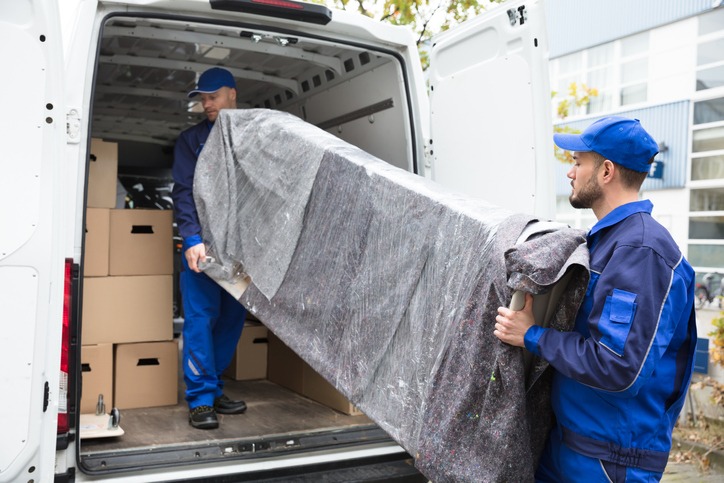Transporting furniture can be a lot of work, especially if you are moving larger pieces. Furniture comes in all sorts of shapes and sizes and it’s easy for a leg of a table, a swinging wardrobe door, a loose drawer or the side of a large sofa to cause problems while in transit. Whether you are moving home, selling furniture at a local market, helping a friend or family member to move or you are transporting furniture for any other reason, you need to keep your car and trailer protected. Failing to put the right measures in place to keep your car and trailer protected can result in not only your furniture being damaged but also the furniture you are transporting arriving at its final destination in poorer condition than hat it was before the move.
There are many things that you can do to protect your vehicle and your trailer when you are moving furniture. Whether you are using timber or galvanised trailers to transport the furniture in question, it’s vital that you take the time to put additional measures in place to keep everything as safe as possible during transit. It might seem like additional work that is time-consuming and unnecessary but you will be glad that you went to the extra effort when you get to the other end and your car and trailer are undamaged. It doesn’t take too much effort to put these steps in place and the cost-saving of potential damage versus the time it takes is always a worthwhile trade-off.
Let’s take a look at a few simple things you can do to keep your car and trailer protected when you’re moving furniture moving forward.
Wrap Everything And Secure The Load
Before you load up the trailer, make sure that you take the time to wrap all of your furniture carefully to prevent scratches and other potential damage to your vehicle or trailer. If you have old sheets, blankets or even old clothes, these are all ideal for wrapping up your furniture. It’s also crucial that all of your furniture is tied down securely to prevent it from moving around when you are in transit. Strong ropes or straps are a perfect choice. If you can get your hands on some ratchet straps, those will be even better for keeping everything tight and secure. With the load wrapped up well and properly secured, you can minimise the chance of damage en route.
Load The Furniture Evenly
When you are loading the furniture into your trailer, make sure that you distribute the weight evenly across the bed of the trailer. If you are transporting large pieces of furniture such as wardrobes, sofas or kitchen tables, you will need to counter the weight by placing smaller pieces or additional weights, such as bags of sand on the other side of the trailer to ensure it is properly balanced. Alternatively, you can place these larger pieces on the trailer in a manner that naturally balances the trailer. Driving with an unbalanced trailer is one sure-fire way for it to tip during transit which can cause a lot of damage to both the trailer and your vehicle.
Load And Unload Carefully
With all of the furniture wrapped up well to prevent bumps and scratches, the load tied down securely and the furniture evenly distributed across the trailer, you are ready to get moving. In many cases, damage to vehicles or trailers from transporting furniture is not caused during transit. Instead, it occurs during the loading and unloading of the trailer. When you are putting the furniture on the trailer or taking it off, make sure that you take extra care so that you avoid chipping your vehicle’s paint, denting the bodywork or causing damage to your trailer. With a little extra care, you can greatly reduce the chance of damaging your trailer or vehicle.
Keep Your Car And Trailer Safe When You’re Transporting Furniture
When you are transporting any large load using a car and trailer, it’s crucial that you take extra care to protect your vehicle and the trailer. Following the tips outlined above, you can minimise the risk of scratching, denting or damaging the bodywork of your trailer or car. It might take a little more time but it will be worth it when you arrive at your destination with your vehicle and trailer in the same condition as when you started.
To keep a safe travel you can also use a hopkins trailer connector. Tt’s a seven-way connector, and they are designed to supply power to the trailer’s taillights, turn signals, brake lights, electric trailer brakes, reverse lights, auxiliary power and ground connection, and those are made through a 7-pin trailer plug. If you haven’t seen it before, you’ll probably be astonished after seeing its size. The purpose of this trailer is to attach it with a trailer for casing the wires.
Any vehicle towing a trailer requires trailer connector wiring to safely connect the taillights, turn signals, brake lights and other necessary electrical systems.
